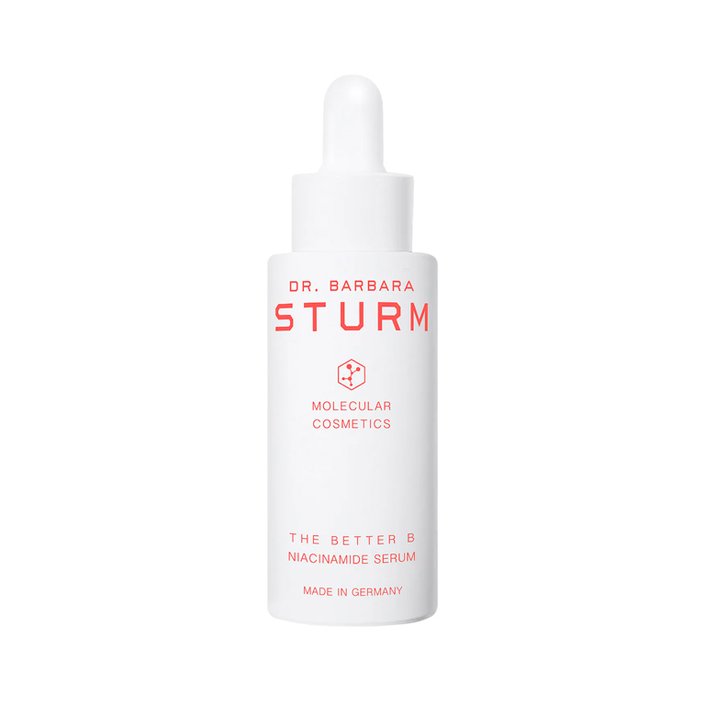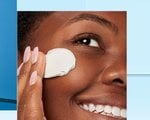How to Use Niacinamide in Your Skincare Routine
December 05, 2023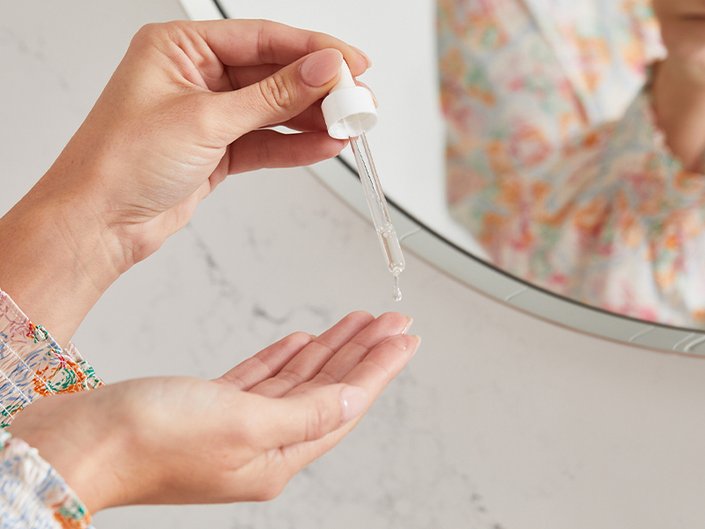
What Is Niacinamide?
“Niacinamide, also known as nicotinamide, is a form of vitamin B3,” Dr. Garshick previously told Skincare.com. “It can be used as a main ingredient in certain products or in combination with other ingredients to help calm the skin and improve tolerability.” For example, the Youth To The People Retinal + Niacinamide Youth Serum combines retinaldehyde, the most potent form of retinoid you can get over-the-counter, with barrier-reinforcing ingredients like niacinamide and ceramides.
Skincare Benefits of Niacinamide
Since niacinamide is a form of vitamin B3, it acts as an antioxidant, which helps to neutralize free radical damage and protect your skin from environmental stressors. The ingredient also has brightening benefits, which will help your skin appear more even in tone. “Niacinamide can help with hyperpigmentation by impeding the transfer of pigment molecules to the skin cells,” board-certified dermatologist Dr. Carmen Castilla explained in a previous Skincare.com article.
Niacinamide is also a great ingredient for those with oily skin. For those people with oily, acne-prone skin it can help regulate sebum production and reduce acne breakouts,” added Dr. Castilla. “The regulation of sebum production can also theoretically help minimize pores.”
That doesn’t mean that those with dry skin should skip niacinamide, though. “Compared to benzoyl peroxide, salicylic acid or retinoids, topical niacinamide is less irritating,” board-certified dermatologist Dr. Hadley King told Skincare.com. “This makes niacinamide a great choice for those with sensitive or dry skin.” Not only that, it also helps to calm redness and support the skin’s moisture barrier.
How to Use Niacinamide in Your Skincare Routine
You can mostly find niacinamide in moisturizers and serums. Those with dry skin should look for niacinamide products that also contain gentle, hydrating ingredients, such as ceramides and hyaluronic acid. Those whose skin is on the oilier side may look for niacinamide products that also incorporate breakout- and sebum-minimizing ingredients, like AHAs and BHAs. Meanwhile, if your primary concerns are dark spots and hyperpigmentation, you should look for products that combine niacinamide with other antioxidants, such as vitamin C and ferulic acid. A board-certified dermatologist can help you determine the best way to add the ingredient into your skincare routine.
When to Use Niacinamide in Your Skincare Routine
Niacinamide can be used morning or night, depending on the product you choose. Always read the package instructions before you apply any skincare product, and consult a board-certified dermatologist if you have questions about adding niacinamide to your routine.
The Best Niacinamide Serums
Kiehl’s Ultra Pure High-Potency 5% Niacinamide Serum
This 5% niacinamide serum utilizes only 10 ingredients for a formula that’s gentle yet effective on all skin types, including sensitive. It primarily targets redness and oil production, leaving you with skin that’s less shiny and more even in tone.
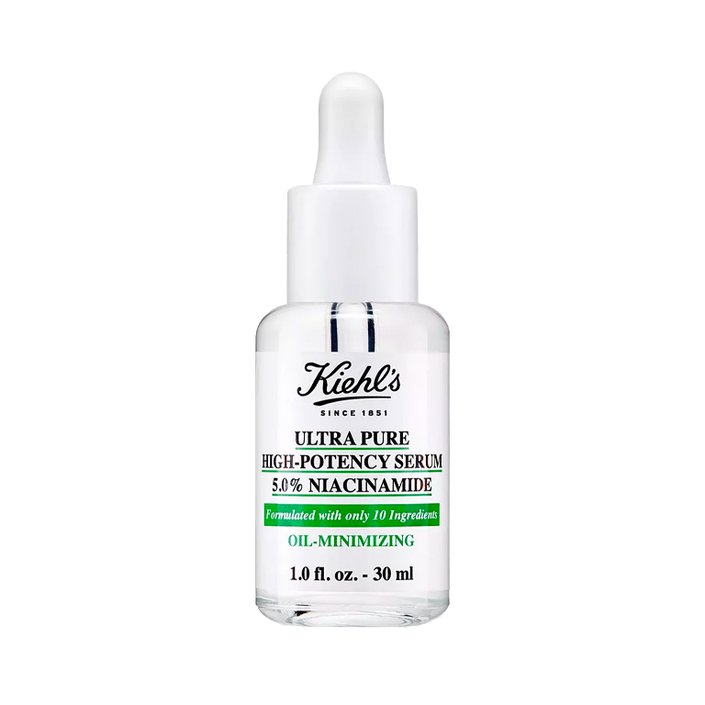
Youth To The People Retinal + Niacinamide Youth Serum
As mentioned above, retinal is the strongest type of retinoid you can get without a doctor’s prescription. Here, the powerful anti-aging ingredient joins forces with niacinamide and ceramides, which help soothe skin and improve tolerability.
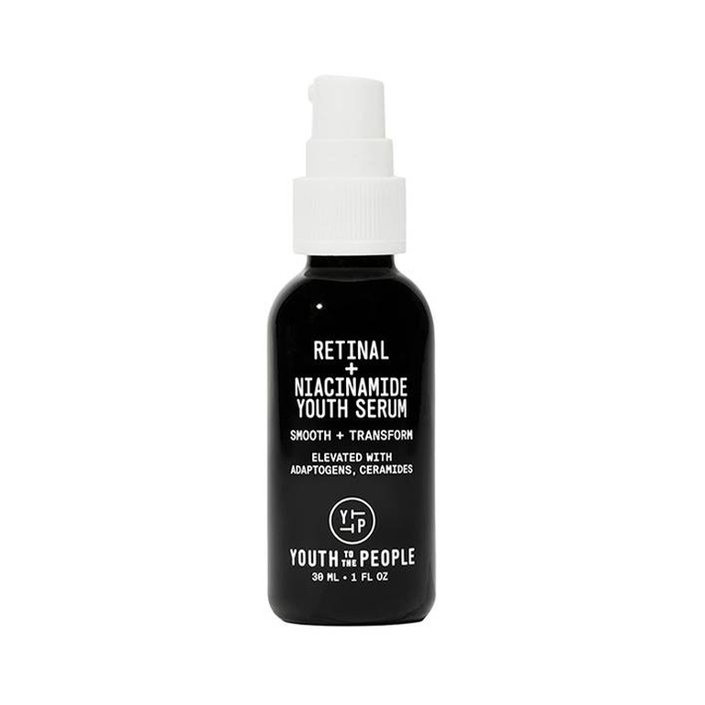
IT Cosmetics Bye Bye Dark Spots Niacinamide Serum
A combination of niacinamide and vitamin C minimize dark spots and reveal more even-looking skin in just eight weeks. Just be sure to pair the serum with broad-spectrum SPF in the morning.
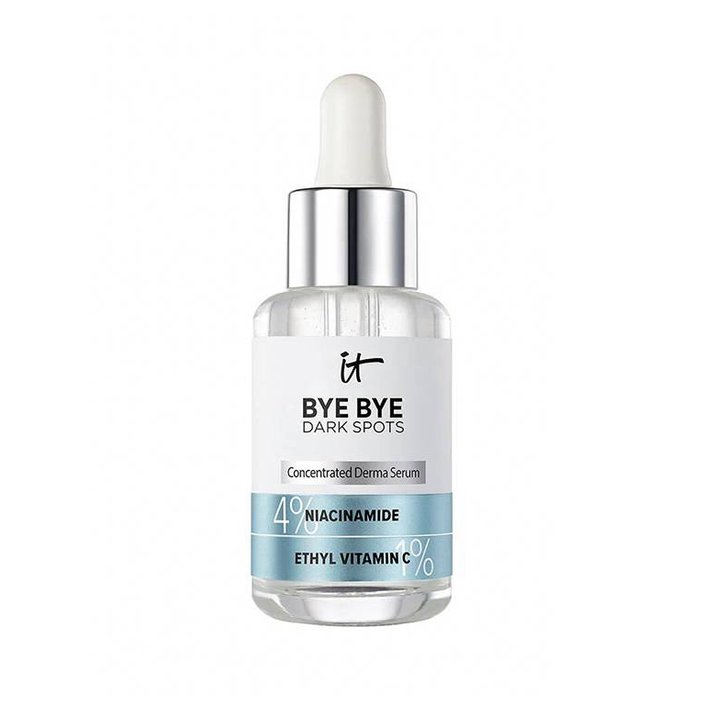
L’Oréal Paris Bright Reveal 12% Niacinamide Dark Spot Serum
If you’re struggling to fade dark marks left behind by breakouts and sun damage, you might want to consider adding this serum to your skincare lineup. Niacinamide works alongside ferulic acid and amino sulfonic to buff away dead skin cells and smooth skin’s texture.
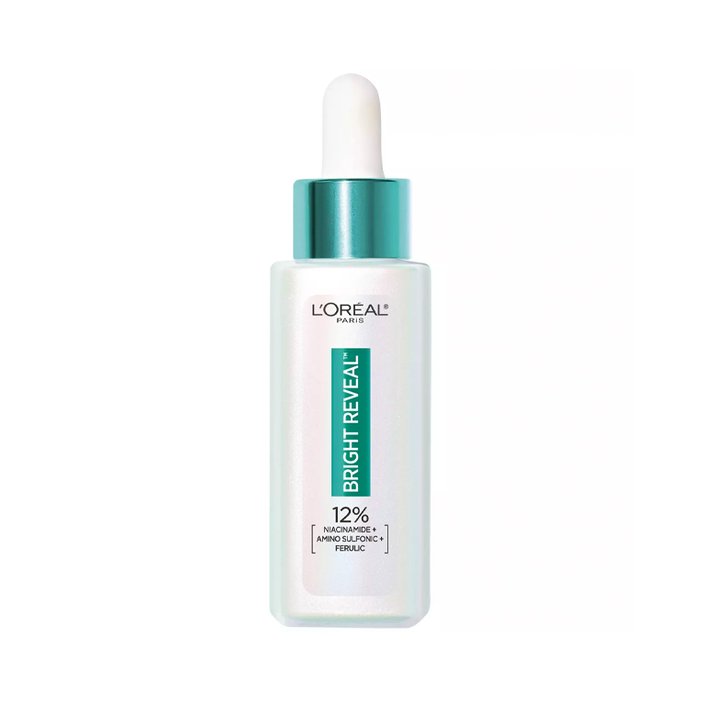
Dr. Barbara Sturm The Better B Niacinamide Serum
This serum incorporates a low dose of niacinamide with hydrating, softening ingredients like panthenol and marine plankton extract, according to the brand. Together, the ingredients are said to help refine pores, boost your skin’s barrier protection and add hydration.
